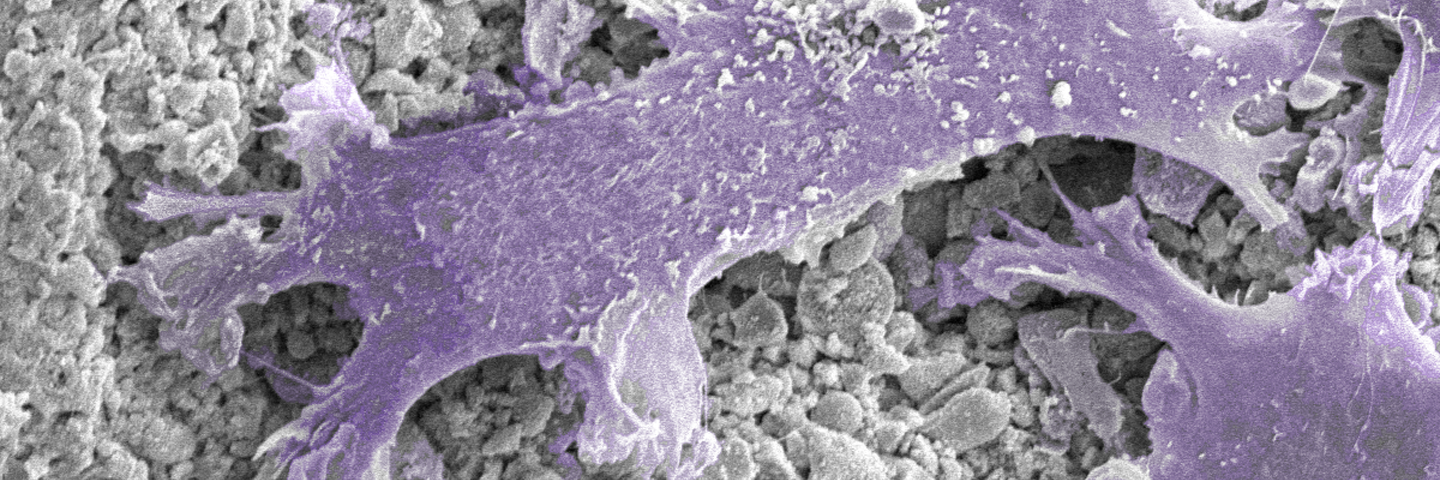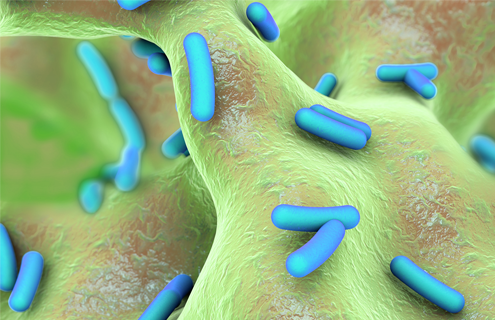
Cell and Microbe Authentication Matters
Cell and microbial authentication is of the utmost importance in biomedical research because cross-contamination and/or misidentification can severely blemish credibility and invalidate results. Skipping the authentication step can lead to lost time, money, publications, and advancements; thus causing irreversible damage to a research program.
Animal cell line identity, which is a crucial first step in cell line authentication, is frequently underappreciated and ignored by most research scientists. To address this need, a method of authenticating cell lines by species known as DNA barcoding was developed. In this method, species identification is achieved using a short section of DNA from a specific gene that is highly conserved among species. Cytochrome oxidase 1 (CO1) gene is the most commonly used gene for species identification.
CO1 Barcoding
CO1 is a mitochondrial gene expressed in all animal species due to its integral role in energy production via the electron transport chain. Because inheritance of mitochondrial genes is maternal, animals typically have only one variant of each MITO gene and these genes show more divergence compared to nuclear genes. CO1 DNA barcoding has been proven to be a highly effective tool for species identification due to the following reasons:
- Relatively easy to amplify
- Only one variant of the gene exists
High degree of evolutionary divergence among species-specific homologues of that gene Based on the species-to-species sequence variability of the CO1 gene, ATCC scientists developed a PCR-based speciation assay by designing unique primer pairs that are species-specific and produce amplicons in a multiplex PCR reaction ≥ 20 base pairs apart.
The ATCC CO1 assay is capable of distinguishing cell lines of pig, human, cat, Chinese hamster, Rhesus monkey, sheep, horse, African green monkey, rat, dog, mouse, rabbit, goat and cow origin. When the species of a cell line remains in question a ~650bp ‘barcode’ region of the CO1 gene is sequenced for verification purposes. Additionally, the CO1 analysis is performed following ISO 9001:2015 and ISO/IEC 17025:2017 quality standards.
STR Profiling for Mouse Cell Lines
While the authentication of human cell lines has been addressed with STR profiling, up until now the validation of mouse cell lines has been limited at the species level. Watch our on-demand webinar to explore the development of a new STR profiling method for the authentication of mouse cell lines.
Watch the Webinar
Don't Risk Your Data
Misidentified and contaminated cell lines undermine your experimental results and discredit preclinical studies. Your research is too important to risk. Be a part of the movement to raise credibility in science and order your cell line authentication and mycoplasma testing services today.
Check your cells